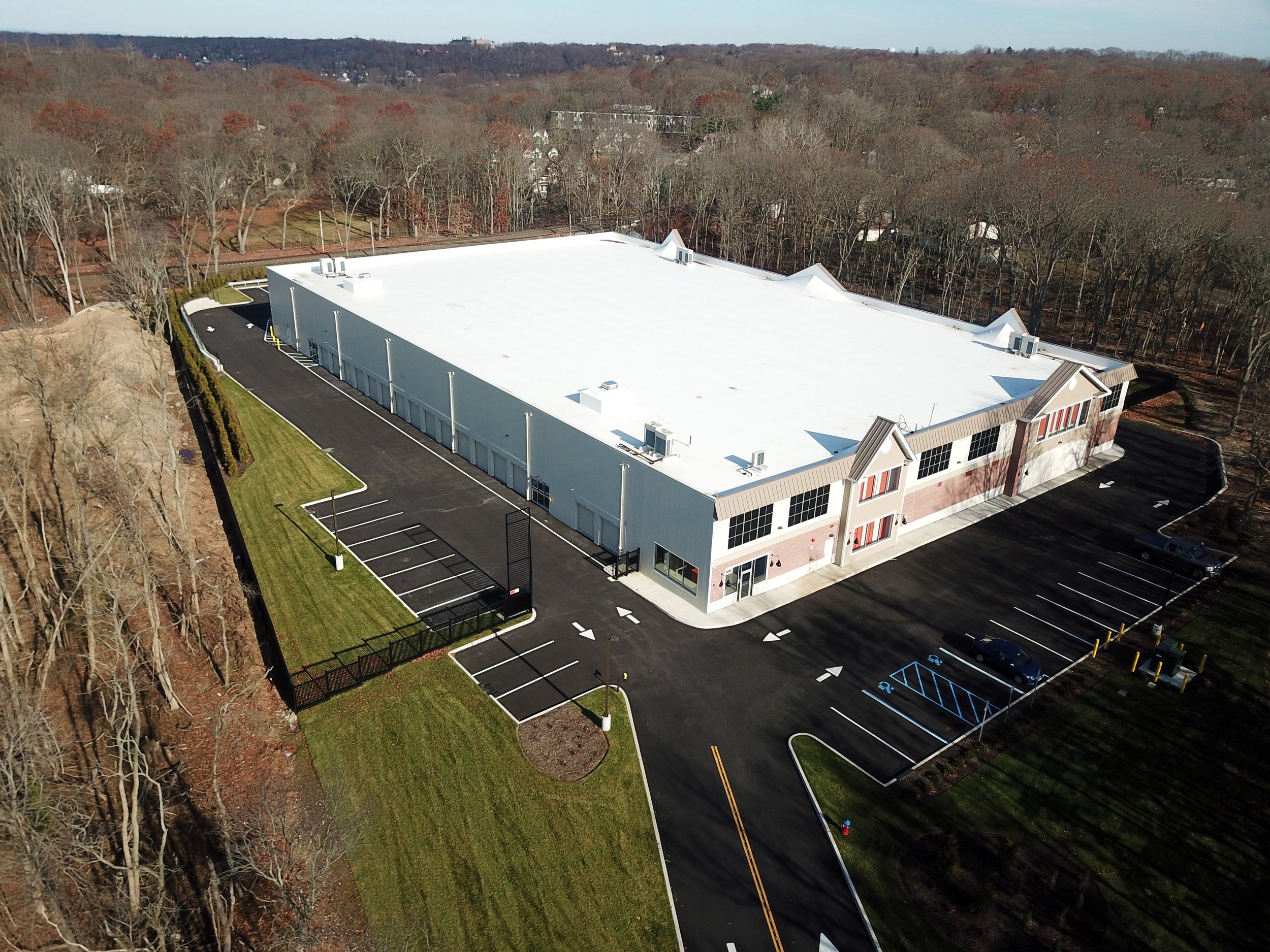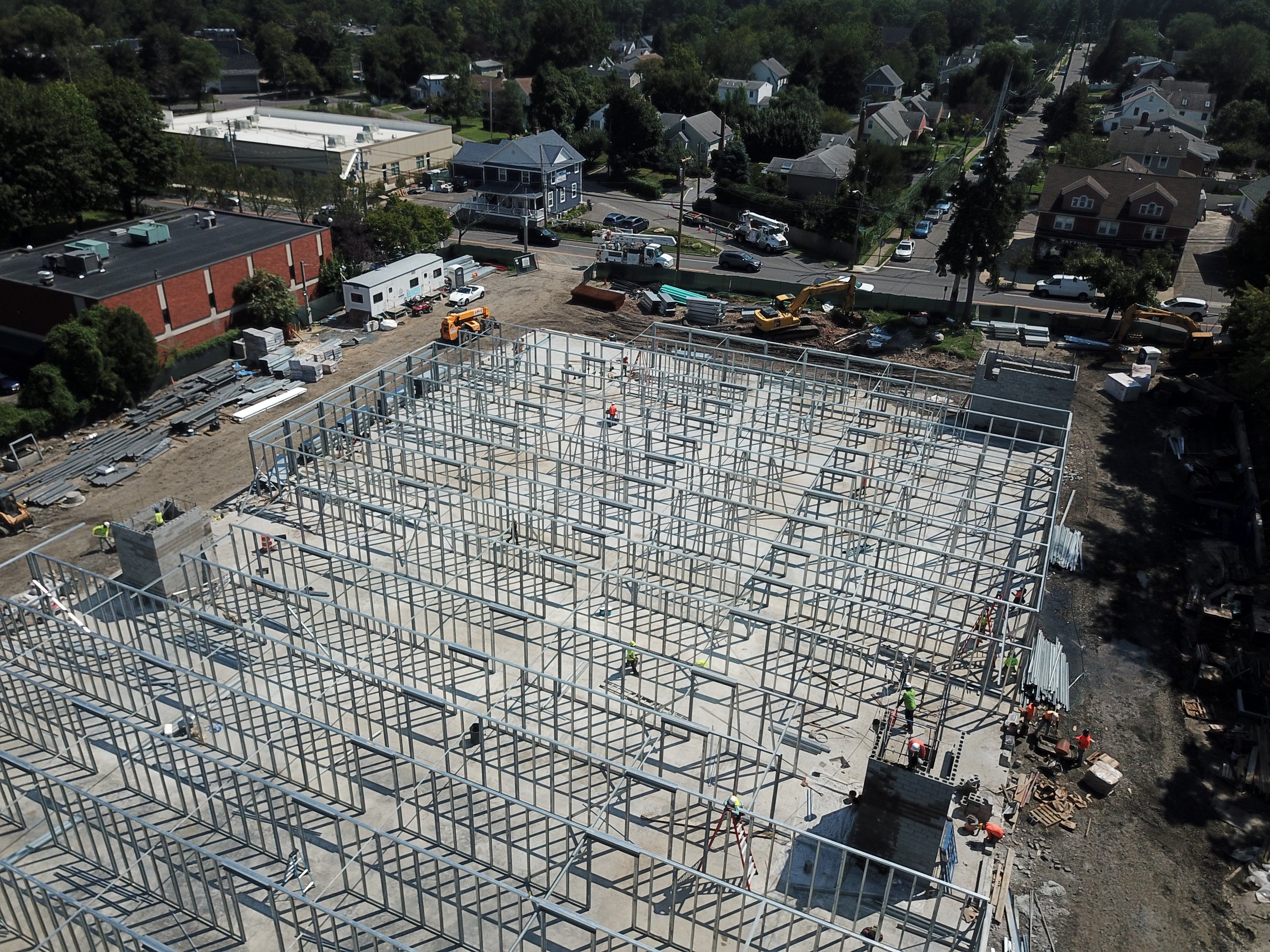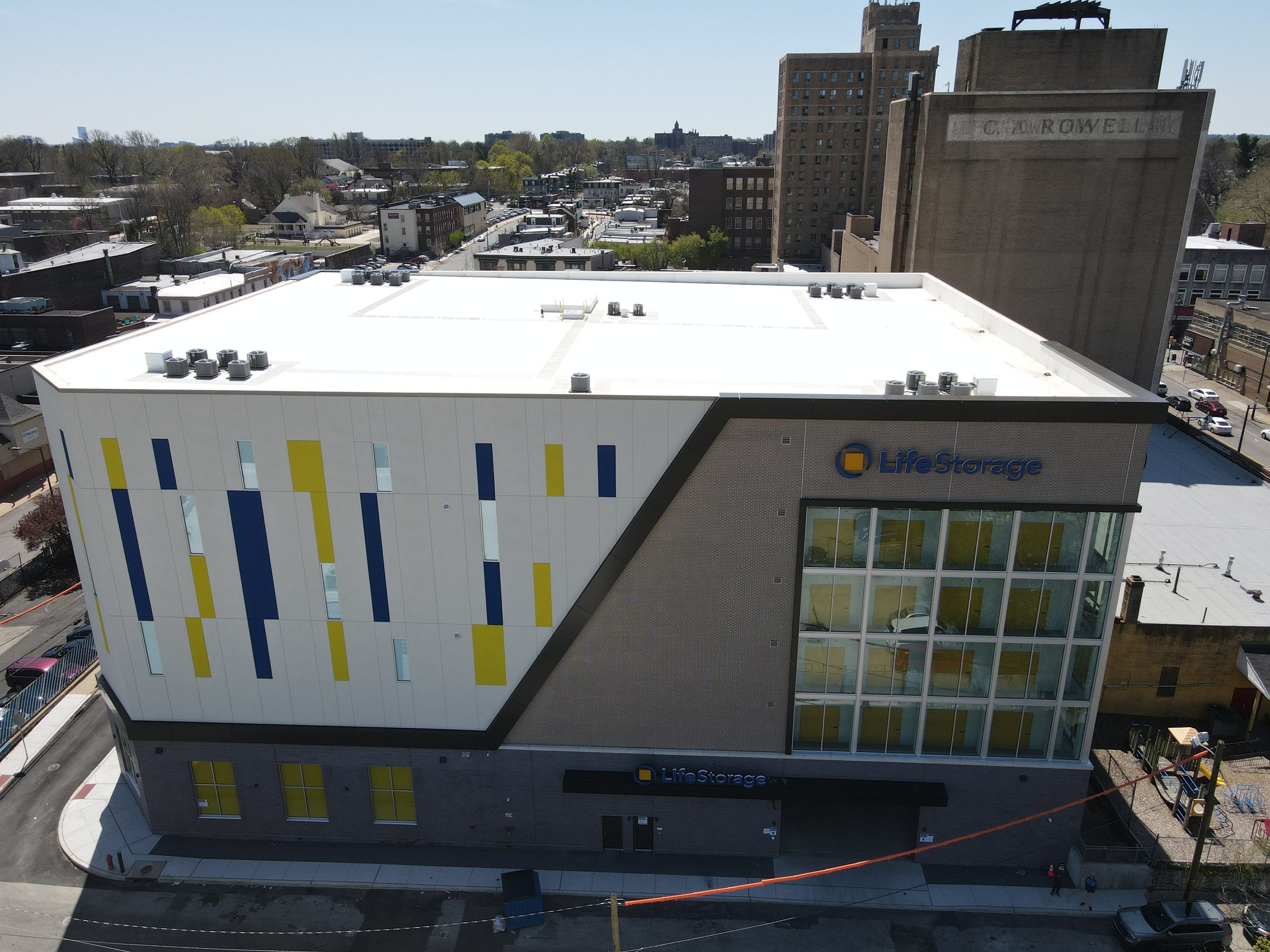Top 10 Mistakes Made in Self-Storage Construction
During good times and poor times, the self-storage business has proved itself to be a reliable investment performance provider.
As the self-storage industry continues to grow, it is essential for developers and general contractors to take into account not only the new opportunities that may arise but also the potential mistakes that could be made during self-storage development.
Your self-storage project can be a complex process with many facets to consider throughout the construction process, so learning from common pitfalls can help ensure a successful outcome.
Whether you are building a multi-story self-storage facility or a single-level self-storage building, here are the top 10 mistakes often made when it comes to self-storage construction.
Not researching the zoning laws in your area
One of the most important zoning laws to consider is the parking regulations in your area. Are there restrictions on how many vehicles can be parked at a given facility?
What types of vehicles are allowed and which are prohibited? Additionally, local ordinances may also dictate where signs may be placed or what type of landscaping must be done around the building.
It is important to be familiar with all zoning laws in your area before beginning construction.
Another important zoning requirement to consider is the setback requirements.
This represents the distance from the property line that must be maintained for a building or other structure.
Depending on local regulations, this will dictate how much land you have available for your project and where buildings
Underestimating construction costs for self-storage facilities
One of the most common mistakes made in self-storage construction is underestimating the construction cost to build a storage facility.
It’s important to make sure you fully understand your potential cost to build self-storage facility, including labor, materials, permits, land used, and more. Make sure your account for any variable costs that may arise as well.
The average cost per square foot to construct a climate-controlled self-storage building is approximately $65-$100.
This includes the costs of construction materials, labor, permitting fees, and more. It’s important to remember that this cost can vary greatly depending on the size and complexity of your project.
For example, a larger facility with features such as security gates and cameras may cost more than a smaller facility with basic features.
It’s important to consult a professional before beginning a construction project so that you can get an accurate estimate of the total costs associated with your project.
In addition to estimating construction costs, it’s important to also factor in all potential expenses that may arise during the construction process.
These can include things such as legal fees, insurance costs, and other miscellaneous expenses.
It’s important to account for these items when creating your budget so that you don’t end up overspending or going into debt due to unexpected costs.
Not conducting a thorough market analysis
Before beginning any self-storage construction project, it’s important to conduct an in-depth market analysis and feasibility study. Without this, your business plan could be doomed from the beginning.
This will help you understand the local competition, determine the best location for your self-storage facility, and assess the potential demand in the area.
A comprehensive market analysis can also provide insights into pricing strategies, potential partner services offered, and other important factors that can impact the success of your project.
Poor selection of materials for exterior and interior finishes
Another important factor to consider when constructing a self-storage facility is the selection of materials for exterior and interior finishes.
Choosing inexpensive construction materials may seem like a good idea initially, but it could backfire in the long run. Low-quality materials can lead to costly repairs down the line and unsatisfied tenants who are unwilling to pay premium prices for storage.
High-quality materials, on the other hand, can provide a longer lifespan and fewer repairs, making them a wise investment in the long run.
Failing to consider HVAC systems during the planning process
Another mistake commonly made during a self-storage project is not considering HVAC systems during the planning process.
Installing an effective heating and cooling system can help keep your facility safe, comfortable, and energy efficient. This will also reduce maintenance costs in the long run by lowering energy bills and reducing wear and tear on the unit.
It’s important to allocate time and budget for th development ande installation of a reliable HVAC system during the construction process. This will ensure that you have a comfortable environment for your tenants and will save you money in the long run.
n.
Not hiring a professional self-storage contractor
Another mistake made in the construction of a self-storage facility is not hiring a professional contractor.
Professional contractors have the necessary experience and skills to ensure that your project is completed on time and within budget.
They can also provide their services and valuable information about local regulations and safety guidelines, saving you time and money in the long run.
Hiring a professional contractor like Storage Building Company will give you peace of mind that your project is completed to the highest standards.
Not reserving space for adequate signage
One of the most commonly overlooked aspects of self-storage construction is adequate signage.
Signage is an important way to draw attention to your facility and communicate important information to customers.
It’s important to reserve adequate space for signage near the entrance of your facility so that potential tenants can easily find it and recognize it when they arrive.
Make sure you follow local regulations regarding sign size, placement, and other requirements.
Not considering the long-term maintenance costs
In addition to the upfront cost of constructing a self-storage facility, it’s important to also factor in long-term maintenance costs.
These include things like regular inspections and repairs, pest control, preventive maintenance, and other expenses.
These costs can add up over time and can significantly impact the overall profitability of your facility.
Choosing a location without adequate access for customers and trucks
When constructing a self-storage facility, it is important to choose a location that has adequate access for customers and trucks.
You want to choose a construction site that has sufficient access for both customers and moving trucks so that tenants can easily move their items in and out of the facility.
It’s also important to make sure that the access roads and pathways are wide enough to support and accommodate larger trucks.
Skimping on security measures like locks and lighting
One of the most important aspects of your self-storage development is security. It’s important to skimp on security measures like locks and lighting in order to protect your tenants' items from theft and damage.
Investing in good quality locks and motion-sensitive lighting will give you peace of mind that your storage facilities are secure, which is essential for a successful business.
Adding features such as security cameras and access control systems can help deter crime and provide an extra layer of protection.
Taking the time to invest in these measures during the planning process will ensure that your customers feel safe storing their items at your facility.
In conclusion, constructing a self-storage facility requires careful consideration in order to create a successful business, whether you plan to do mini-storage construction or develop a large multi-story storage facility.
From hiring the right contractor to investing in security measures, there are many important elements that should be taken into account during the planning process.
By following these tips, you can avoid common mistakes and ensure that your facility is built correctly and securely.



